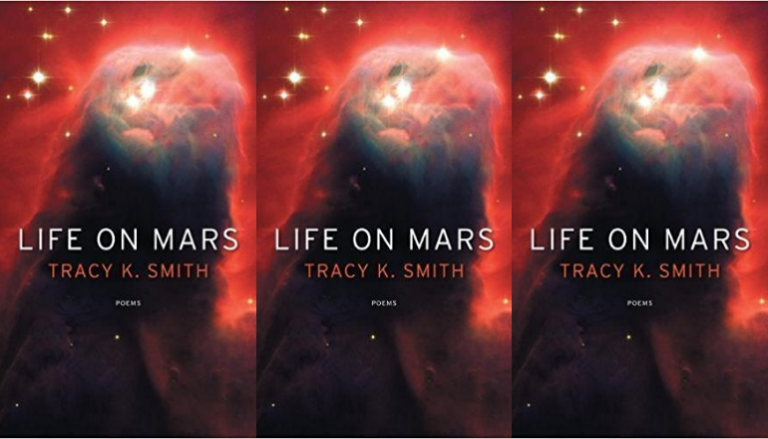Literary Boston: Two Sides of Beacon Hill
Megan Marshall is the Pulitzer-nominated author of The Peabody Sisters and Margaret Fuller: A New American Life, and teaches nonfiction writing in the MFA program at Emerson College. She will be featured on two panels at AWP 2013, both on March 7: at 10:30, she will moderate “Sources of Inspiration,” with authors Matthew Pearl and Natalie Dykstra; and at 1:15 she will appear at “Literary Boston: A Living History,” moderated by Ploughshares editor-in-chief, Ladette Randolph. For when you’re not attending those, Megan has kindly provided us with a literary walking tour of Boston. Enjoy!
View Larger Map
No one should leave AWP without taking a quick walk over to the Boston Public Library in Copley Square. Just a few blocks down Boylston at Dartmouth Street you’ll find the majestic triple-arched entrance to the Italianate McKim Building, built in 1895. Once inside, you can wander the three floors, up a marble staircase guarded by Augustus St. Gaudens’s lions, and take in murals by John Singer Sargent, Edwin Austin Abbey, and Puvis de Chavannes, whose nine Muses beckon readers into the magnificent Bates Room—a temple of enlightenment, with its barrel-vaulted ceiling, arching windows and rows and rows of desks, for generations of Bostonians and researchers from all over the world. Also don’t miss the interior courtyard with its blond brick walls and bacchante fountain, a great place to eat a sandwich (bring your own or buy one at the library’s snack bar). Alternatively, you can dine in the excellent Courtyard restaurant, open only for lunch.
But don’t stop there.
Hop any inbound green line train from Hynes or Copley stations and get off at Park Street. Walk uphill through the Common toward the gold-domed State House to Beacon Street, and stop for a few minutes of contemplation in front of St. Gaudens’s haunting memorial to Robert Gould Shaw and the African-American soldiers of the Massachusetts 54th Regiment. Booker T. Washington and William James spoke at its dedication in 1897, and Robert Lowell evoked its bas relief imagery in “For the Union Dead.”
Black Heritage Trail tours leave daily at 10:00 am, noon, and 2:00 pm from the Shaw Memorial, but if you’re short on time, or want a more diverse experience of Beacon Hill (where you are now standing!), walk a short block down Beacon to Joy Street, and then a few blocks uphill and down again, to the Abiel Smith School at 44 Joy—the first public school for African-Americans. It houses the Museum of African American History, where an exhibition honoring the 54th Regiment and the 150th anniversary of the Emancipation Proclamation, “Freedom Rising,” is on display. You can tour the Smith School on your own, or take a guided tour of the splendidly restored African Meetinghouse next door, the center of anti-slavery activism in Boston before the Civil War.
Now walk two blocks back up Joy and turn right on Pinckney Street, to get a look at former homes of Henry David Thoreau (#4), Nathaniel Hawthorne (#54), and the itinerant Alcott family (#20, 43, 81). Take a left on Louisburg Square to see Louisa May Alcott’s last residence at #10, William Dean Howells’s homes at #4 and #16, and Secretary of State John Kerry’s Boston address at #20. Then turn back uphill on Mt. Vernon Street to reach the Nichols House Museum at #55, which offers tours on the half hour from 11:00–4:00, Thursday through Saturday. In the former home of landscape designer, writer and suffragist Rose Standish Nichols, you can see more work by St. Gaudens along with elegant tapestries, ancestral portraits, and other tasteful bibelots in a setting that will call to mind the discreet opulence of Olive Chancellor’s residence in Henry James’s The Bostonians.
Now that you’re back at the top of the Hill, return to Beacon Street by way of Joy. Pass the Shaw Memorial and cross Park Street to 10-1/2 Beacon, where you’ll find one of the settings used in the Merchant-Ivory production of The Bostonians: the Boston Athenaeum, a private library frequented by Beacon Hill residents and others (membership is open to all, for much less than the price of a gym membership). Open to the public are the first floor rooms overlooking Boston’s Granary Burying Ground (Phyllis Wheatley, Crispus Attucks, Paul Revere, John Hancock, and Samuel Adams), and the art gallery, which features an exhibit on the Athenaeum’s connection to Boston’s Museum of Fine Arts (quiz: which came first?). Weekly art and architecture tours take you through all six floors; my favorite is the airy fifth, where members—including Ploughshares editor-in-chief Ladette Randolph—write books and think deep thoughts. Reserve now for Tuesday or Thursday, March 5 or 7, at 3:00, if you aren’t busy with an AWP panel.
On the way back to Hynes, take any train but the E in the outbound direction, if you want to exit at Hynes. All outbound green line trains stop at Copley Square, which requires only a short walk along Boylston Street to the convention center.
For more Boston literary life, check out our Literary Boroughs posts on the city!


